Types of aluminium scrap and their sources: A brief guide
Admin
2024-09-21
Aluminium is the second most recycled metal in the world. More than one-third of aluminium comes from scrap. It can be recycled and reused 100%. You will be surprised that 1nearly 75% of the 1.5 billion tonnes of aluminium produced are still in use. However, to take a strategic step forward, we need a clear idea of the types of aluminium scrap available for recycling.
Understanding the types and sources of aluminium scrap will help us grade and recycle it better. Here is a list of the types and their respective commercially available sources.

Pre-consumer scrap: A direct line from production floors
Pre-consumer scrap, or machining scrap, is generated during manufacturing processes, typically from milling, boring, turning, stamping, or extrusion. It includes clean, high-purity aluminium shavings, chips, and offcuts that never reach the end-user market.
Sources & grades
- Aluminium Borings and Turnings: Generated during CNC machining and metalworking. ISRI Code: TEENS (clean), TELIC (unclean).
- Extrusion Offcuts: From profile cutting, window frame production, or pipe manufacturing. ISRI Codes: TATA (6063 alloy), TUTU (6061/6075 alloys).
These scraps often retain their alloy identity and are ideal for closed-loop recycling systems.
Post-consumer scrap: Recovering value from end-of-life products
Post-consumer scrap originates after the product has served its purpose, typically requiring collection, sorting, and decontamination. Despite additional processing, this scrap is a critical feedstock for secondary smelters.
Common forms
- Aluminium Wire and Cables: Found in motors, electronics, and HVAC systems. ISRI Codes: TALON, TASSEL.
- UBCs (Used Beverage Cans): A high-volume source with consistent alloying. ISRI Code: TALC.
- Cast and Sheet Scrap: Recovered from automobiles, construction, and demolition waste. ISRI Codes: TAINT, TALE, TENSE.
The quality and yield from post-consumer scrap depend heavily on how well it’s sorted and cleaned.
Secondary aluminium
Sourcing secondary aluminium through scrap markets reduces production costs, lowers carbon footprint, and ensures supply chain resilience, especially during primary metal price volatility.
Secondary aluminium is also alloy-specific, meaning manufacturers can directly acquire feedstock matching their production requirements (e.g., 6061, 6063, or ADC12), especially from clean pre-consumer streams.
Streamlining procurement & trade with B2B marketplaces
Digital platforms have transformed aluminium scrap sourcing. B2B marketplaces like AL Biz connect manufacturers and scrap traders directly, allowing:
- Transparent grade-specific listings
- Wide range of aluminium scrap categories
- Long-term supply agreements
- Access to global buyers and sellers of both scrap and secondary aluminium
For traders, listing scrap types with correct ISRI codes helps reach serious bulk buyers. For manufacturers, these platforms simplify procurement from diverse sources, from local machining units to international scrap yards.
Know your aluminium scrap for better outcomes
Whether you're sourcing foundry-grade secondary aluminium or trading scrap for export, aligning the type of aluminium scrap with its alloy and cleanliness level is critical to profitability and quality control.
Use pre-consumer scrap where alloy integrity is key. Rely on post-consumer scrap when volume and cost-efficiency matter. And use B2B platforms to build steady, scalable sourcing channels.
Categories
Raw Materials
Scrap
Consumables
Primary Aluminium
Secondary Aluminium
Equipment
Technology
Downstream Products
Finished Products
Utilities
Services
Others
Recent Blogs
Subscribe to newsletter
Connect with us












